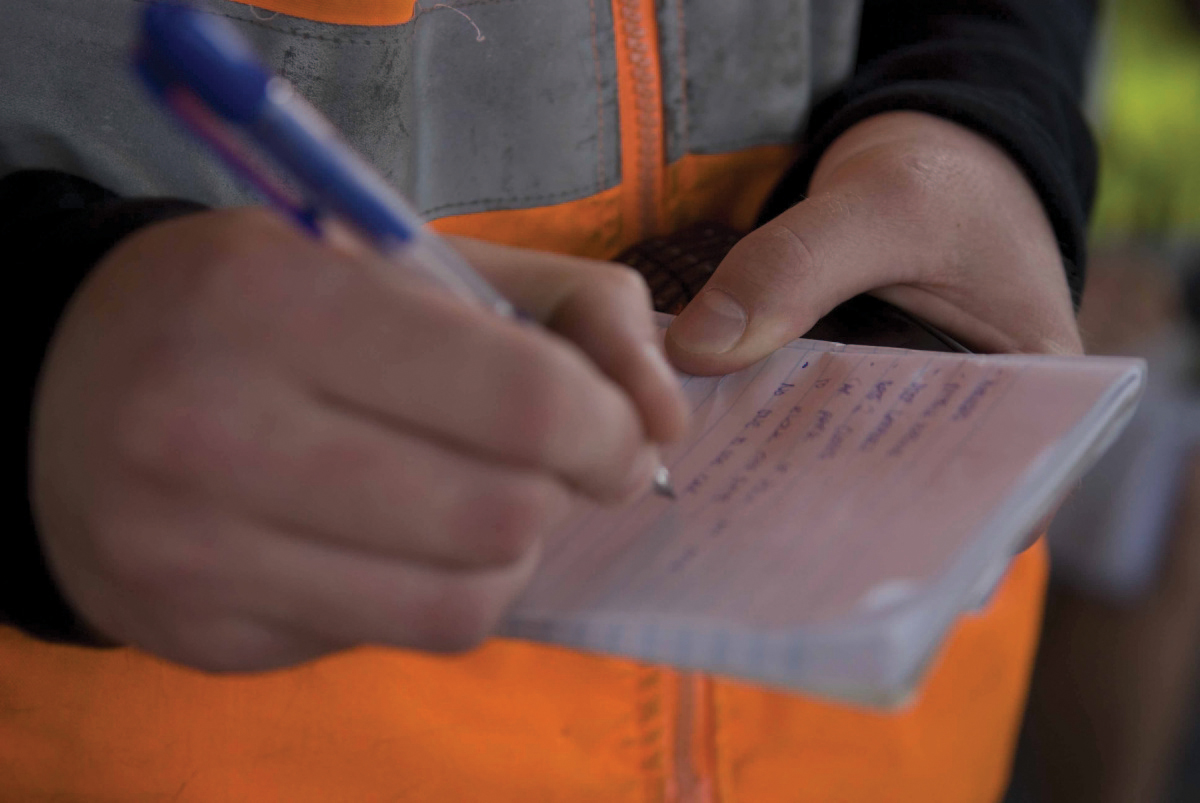Accident investigation
04 Oct 2013, Prove Your Know How, Safety

Investigating accidents, minor incidents and near misses is important in understanding the cause and looking at how it can be avoided in the future.
As of 1 July this year, the Ministry of Business, Innovation and Employment (MBIE) Health & Safety formed three specialist teams – Response, Investigation and Assessment – to deal with workplace accidents. In some circumstances, inspectors may request that you undertake a ‘duty holder review’ and give an analysis of the accident – what happened and why – and what your workplace will do to prevent a re occurrence.
It’s a misconception that most accidents on site are either unavoidable or the result of an employee’s error. Investigating reported accidents, incidents and near misses – events that did or might have caused harm – is important, as it allows management and staff to identify and understand the cause and assess if it was avoidable.
Accidents and incidents can have two types of causes – immediate causes and root causes. What’s important, and what MBIE inspectors are looking for, is root causes – the fundamental issue that caused an ‘unsafe action’.
Smart tips to consider when conducting an investigation:
1. Gather information, such as physical evidence, witness statements or other documents that might help piece together what happened. To determine the root cause of any accident, ask a series of questions:
- How many times did the unsafe action take place before the injury occurred?
- Why wasn’t this hazard identified, reported and corrected before the injury occurred?
- Why did the workers think taking short cuts was acceptable?
- Why was it not picked up on in the inspection process
Keep asking ‘why?’ and you will get to the root of the cause. Take thorough notes and document all evidence.
2. Analyse information – once you’ve collected all the information, analyse it to determine the immediate cause and, more importantly, the root cause of the accident.
3. Find a solution – look for solutions that will eliminate the root cause. Ask those who work closely to the hazards for their input. Implement the change into your health and safety systems.
4. Follow up – monitor your safety initiative and its effectiveness. Are you seeing real change? For example, is the incident and accident register showing positive trends?
Reporting to MBIE
MBIE requires all workplace accidents, unsafe situations or occurrences of serious harm to be notified to one central response team.
Call MBIE on 0800 20 90 20, or email at healthsafety.notification@dol.govt.nz.
Head to the MBIE website for more information – www.business.govt.nz/healthandsafetygroup
Definitions:
Immediate cause – the unsafe action.
Root cause – the reason or the cause of the unsafe action.
Example:
A builder decides not to wear hearing protection – not wearing the protection is the immediate cause but the root cause could be lack of safety education, lack of correct-sized equipment or the builder’s boss not wearing his either.
About Site Safe:
Site Safe offers a two-day Supervisor Gold Card course that looks at how to run an investigation and how to identify and eliminate the risks associated with project hazards and unsafe behaviour. For more information about Site Safe products, training and services, or to speak to a Safety Advisor, call 0800 SITE SAFE or visit www.sitesafe.org.nz. Site Safe NZ Inc is a not-for-profit, membership-based organisation that promotes a culture of safety in the New Zealand construction and related industries.
Register to earn LBP Points Sign in



